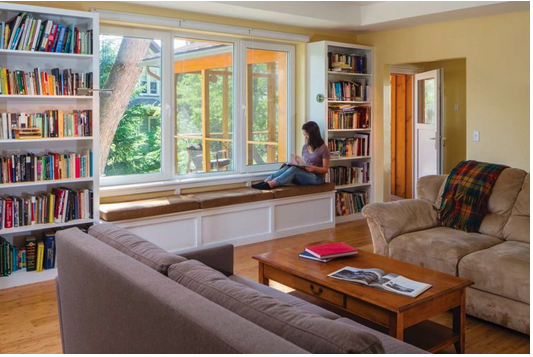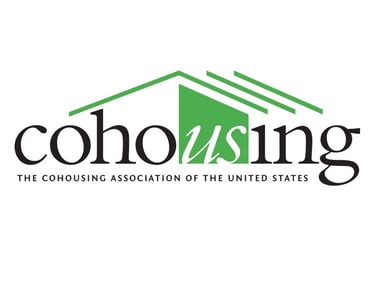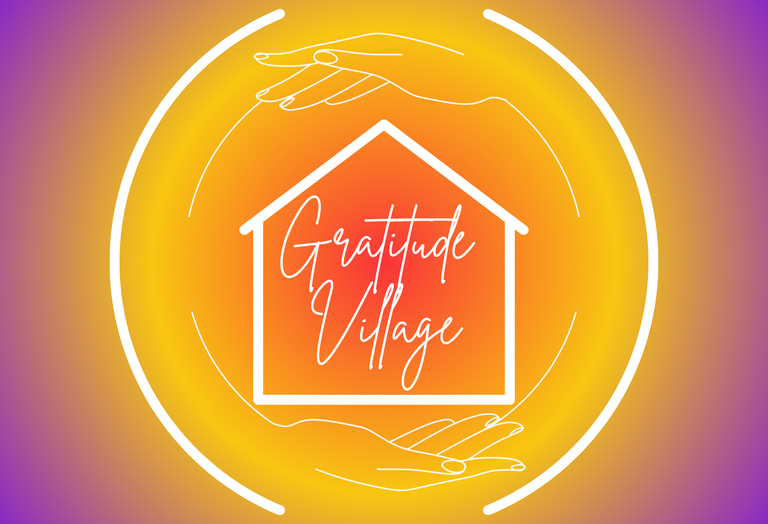Join our next In Person Info Session December 13 from 11am-1pm MST
Sustainable Building Practices and the Promise of Passive House Certification
This blog delves into the principles of Passive House design, its benefits, and its role in promoting sustainable building practices that are shaping the future of our communities.
Gratitude Village
12/22/20244 min read


Sustainable Building Practices and the Promise of Passive House Certification
The built environment plays a significant role in our global sustainability efforts. Buildings are responsible for a large portion of energy consumption and greenhouse gas emissions, which makes sustainable building practices crucial in the fight against climate change. Among the various approaches to sustainable construction, Passive House certification stands out as a benchmark for energy efficiency and environmental stewardship. This blog delves into the principles of Passive House design, its benefits, and its role in promoting sustainable building practices that are shaping the future of our communities.
Understanding Passive House Certification
Passive House (or Passivhaus) is an internationally recognized standard for energy-efficient building design. Developed in Germany in the late 20th century, Passive House certification requires that buildings adhere to strict criteria that drastically reduce their energy consumption. The primary goal of Passive House design is to create structures that maintain a stable and comfortable indoor environment with minimal reliance on external heating or cooling systems.
To achieve this, Passive House design focuses on several key elements:
Superior Insulation: Passive House buildings are enveloped in high-quality insulation, which significantly reduces heat loss in the winter and heat gain in the summer. This insulation is applied to the walls, roof, and floor, ensuring that the entire building envelope is well-protected from external temperature fluctuations.
Airtightness: A critical feature of Passive House buildings is their airtight construction. By preventing air leakage, these buildings maintain consistent indoor temperatures and reduce energy loss. Airtightness is measured using a blower door test, which assesses the number of air changes per hour at a given pressure difference.
Advanced Windows and Doors: Windows and doors in Passive House buildings are designed to be highly energy-efficient. Typically, they are triple-glazed and incorporate insulated frames to minimize heat transfer. The positioning and orientation of windows are also carefully planned to maximize solar gain during the winter while minimizing overheating in the summer.
Ventilation with Heat Recovery: To ensure fresh air while maintaining energy efficiency, Passive House buildings use mechanical ventilation systems equipped with heat recovery. These systems extract stale air from inside the building and replace it with fresh outdoor air, all while recovering most of the heat (or coolness) from the outgoing air. This process ensures excellent indoor air quality without compromising energy efficiency.
Elimination of Thermal Bridges: Thermal bridges are areas in a building where heat is transferred more easily due to the presence of materials with low insulating properties. Passive House design aims to eliminate or minimize these bridges through careful detailing and material selection, further enhancing the building's energy performance.
The Benefits of Passive House Design
The advantages of Passive House certification extend beyond mere energy savings, offering a range of benefits for both occupants and the environment:
Reduced Energy Consumption: Passive House buildings use up to 90% less energy for heating and cooling compared to conventional buildings. This dramatic reduction translates into lower energy bills and a significant decrease in the building's carbon footprint.
Enhanced Comfort: One of the most noticeable benefits of living in a Passive House is the comfort it provides. The combination of superior insulation, airtightness, and controlled ventilation ensures a stable indoor temperature and excellent air quality, free from drafts, cold spots, and excessive humidity.
Environmental Impact: By drastically reducing energy consumption, Passive House buildings help to mitigate climate change. The reduced reliance on fossil fuels for heating and cooling contributes to lower greenhouse gas emissions, making Passive House an integral part of sustainable building strategies.
Healthier Living Environment: The emphasis on airtightness and ventilation in Passive House design results in improved indoor air quality. This is particularly beneficial for people with respiratory issues, as it minimizes the presence of pollutants, allergens, and moisture-related problems like mold.
Economic Benefits: Although the initial cost of building a Passive House may be higher due to the quality of materials and construction methods required, the long-term savings on energy bills often offset these costs. Additionally, many regions offer financial incentives for energy-efficient construction, making Passive House buildings an attractive investment.
Passive House Certification in the Context of Sustainable Building Practices
Passive House certification is a key component of the broader sustainable building movement. While its primary focus is on energy efficiency, it aligns with other sustainable practices that aim to minimize the environmental impact of buildings:
Use of Renewable Energy: Passive House buildings are often designed to incorporate renewable energy sources, such as solar panels, to further reduce their reliance on non-renewable energy.
Sustainable Material Use: In addition to energy efficiency, sustainable building practices emphasize the use of environmentally friendly, non-toxic, and durable materials. This includes sourcing materials locally, using recycled content, and choosing finishes with low or no volatile organic compounds (VOCs).
Water Conservation: Sustainable buildings often include water-saving features like low-flow fixtures, rainwater harvesting systems, and greywater recycling to minimize water use and reduce strain on local water resources.
Waste Minimization: Sustainable construction also focuses on reducing waste throughout the building's lifecycle. This involves recycling construction waste, designing for durability and adaptability, and planning for the end-of-life recovery of materials.
As the global community becomes increasingly aware of the need for sustainable living, Passive House certification offers a proven path to creating energy-efficient, comfortable, and environmentally responsible buildings. By adhering to the rigorous standards of Passive House design, builders and homeowners can contribute to the reduction of energy consumption and greenhouse gas emissions, all while enjoying the many benefits of a healthier and more sustainable living environment. Whether you are planning a new construction or retrofitting an existing building, incorporating Passive House principles is a powerful step toward a more sustainable future.
COMMUNITY
Join us in embracing nature, diversity and connection.
Sustainability
DIVERSITY
info@gratitudevillageco.com
720-689-4821
© 2025. All rights reserved.
AFFORDABILITY
Gratitude Village Inc. is a 501(c)3 charitable corporation that values diversity, equity, and inclusion as essential to our mission
Subscribe to our Substack
Refund Policy




Gratitude Village is a Proud Member of these organizations
